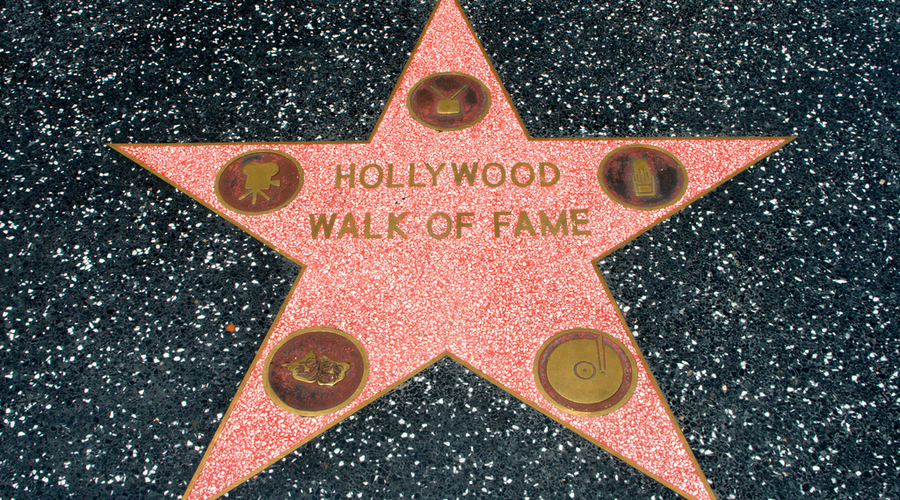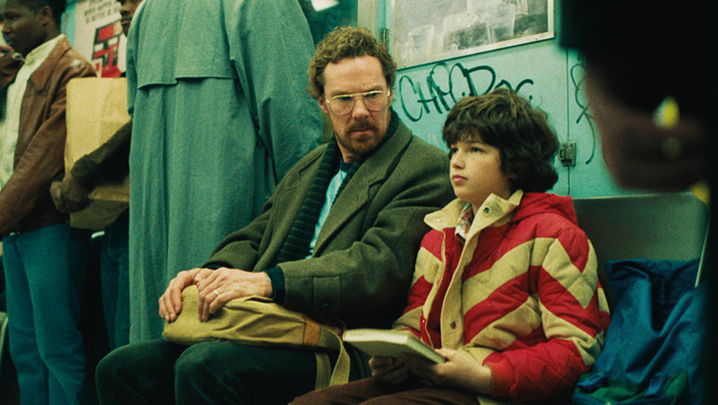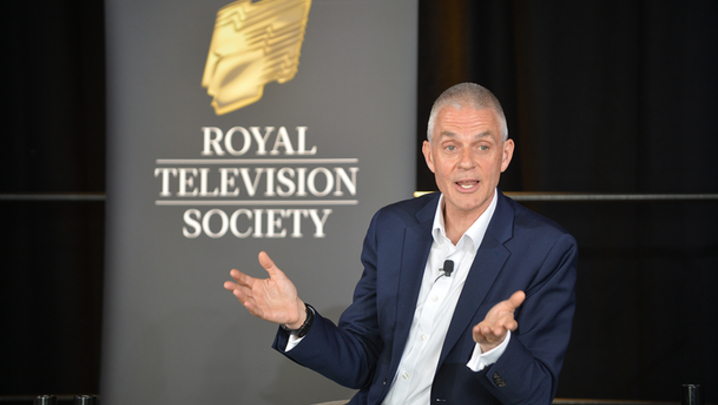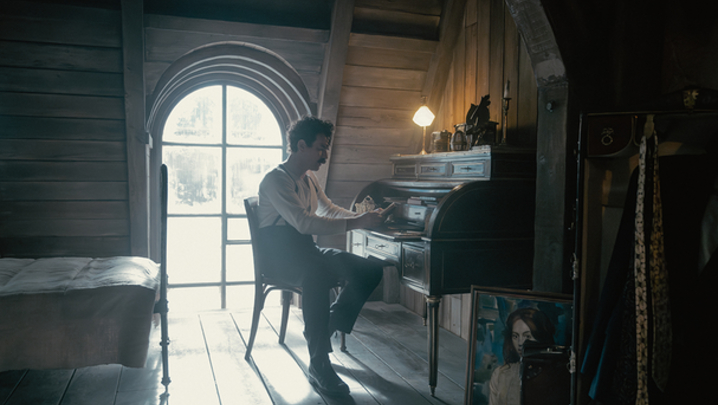Simon Shaps gasps at a new book which tells of feuding, excess and greed at one of the world’s top talent agencies
Does the world need a 750-page book about CAA? Seven hundred pages on the CIA, maybe, but a door-stopping, back-breaking brick of oral history on a US talent agency, with little or no commentary or context?
And yet, once in a while, perhaps every five or 10 years, a book comes along about television that is required reading. Ken Auletta’s Three Blind Mice, about the decline of ABC, CBS and NBC, published more than 20 years ago, is one. As is Bill Carter’s Desperate Networks. It told the behind-the-scenes story of the US Networks’ 2004-05 season – the year that someone, not one of the key executives, said they quite liked a show called CSI, which, at the very last minute, found its way into CBS’s prime-time schedule.
Now we have Powerhouse, which tells how five agents fled William Morris in 1975 to set up shop in humble offices, with their wives taking it in turn each day to answer the phones, and ended up creating a media giant. Miller says that he interviewed 500 people for the book. In the end, however, despite the glittering array of A-list celebs and media titans who talk on the record – most of them with remarkable candour – it is not Nicole Kidman, Tom Hanks, Dustin Hoffman, Bill Murray, Cher, Kevin Costner, Alec Baldwin, Whoopi Goldberg, Barbra Streisand, Michael Eisner, Edgar Bronfman or David Geffen who hold centre stage. The real stars of the book are Ron Meyer and, above all, Mike Ovitz.
They were CAA’s patron saint and devil incarnate: the agency’s self-styled good cop and bad cop, who ruled over their legions of Armani-clad agents. Both left CAA in the mid-1990s and, if the book has a fault, it is that the story sags a little after their departure.
How Ovitz and Meyer built CAA (Creative Artists Agency) is worth £20 of anyone’s money. But what makes it more than just another business book is the epic, scarcely believable story of how the Ovitz and Meyer relationship fell apart in a bust-up that caps anything you are likely to come across in the world of entertainment.
This is a remarkable feat in an industry that has raided The Godfather not for lessons in film-making but in order to find language adequate to describe the vendettas and feuds that come with the terrain.
For some 20 years, the Ovitz and Meyer double act worked just fine. They shared many triumphs, as well as exclusive use of a private jet paid for by CAA. Amazingly, no one else in the company seems to have been aware of its existence. They were, for a period of time, all-powerful.
When Magic Johnson, a CAA client, suggested to Ovitz that he might want to leave CAA and run a studio he replied: “I don’t have to run a studio. I run them all now anyway.” True or not, the brilliance of Ovitz and Meyer was that everyone bought the story – not least of all their clients and many of Hollywood’s supposed decision-makers.
They turned the “package” – an unturndownable pitch made up of script, on-screen talent and director (and sometimes finance) – into a golden goose, taking their 10% of gross and creating huge revenue streams, some still flowing back to CAA years, even decades, later.
"The Ovitz and Meyer relationship fell apart in a bust-up that caps anything you are likely to come across"
During those golden years, the CAA MO was simple: do whatever it takes to sign the talent. So, when CAA decided it wanted Paul Newman, Ovitz went out and bought a Ferrari to convince Newman that he was as obsessed with cars as Newman was.
In short, arm-twist, cajole, befriend, shower the talent with gifts, promise round-the-clock availability, and then the agency’s power in the marketplace would be deployed to leverage new off-the-scale deals.
But if the business model was simple, the dynamics between the senior executives was fearsomely complex. Ovitz was the youngest of the William Morris refugees but very rapidly become the leader, with Meyer his confidant and human face.
Although he has some lifelong fans in high places, such as David Letterman and Sylvester Stallone, many others suggest that the thing that went wrong was Ovitz himself.
Ari Emanuel, founder of Endeavour, which eventually merged with William Morris to challenge CCA’s dominance, says of Ovitz: “There was also a Wizard of Oz thing going on behind the cape because, even when Mike didn’t know shit, he had everybody believing the opposite.”
Several senior agents at CAA recall Ovitz sometimes saying that he knew “something big” was going to happen “in a month or so”, without ever revealing what that something was.
In the weeks that followed, something big or biggish invariably happened, which Ovitz said was “the something” he had known about all along.
Ovitz’s fertile imagination and vaunting ambition led him well beyond conventional agenting into seemingly unrelated areas, such as investment banking and advertising.
Despite earning huge profits from this diversification, his grip weakened. David O’Connor, one of the so-called Young Turks who took over the company when Ovitz and Meyer departed, tells how Robert Redford sought him out when he realised that Ovitz’s attention had wandered.
Redford told O’Connor that he wanted him, not Ovitz, to look after him and that he would personally call Ovitz to break the news. After Redford made the call, O’Connor says Ovitz called him into his office and told him: “I think it’s time for you to represent a major movie star… I think I can convince Redford that you’re the guy.”
O’Connor says: “I never let on what I knew had happened. But, really? You’ve got to manipulate me at this moment in time?”
"They turned the ‘package’ – the creation of an un-turndownable pitch made up of script, on-screen talent and director… – into a golden goose"
Manipulation, mendacity, greed, sheer egoism are all laid at Ovitz’s door. There was also the question of a shiny new HQ, which, 14 years after the founding of the agency, was an Ovitz obsession. The result was an I.M. Pei-designed palace in Beverly Hills, complete with travertine marble from Italy (“from the Bruno Poggi quarry”) and a Roy Lichtenstein mural.
Rowland Perkins, one of the five original founders, recalls: “Before we moved into the building, Ovitz flew Shaolin monks into LA and we all marched from our offices in Century City to the new site for a feng shui ceremony. It was classic Ovitz.”
Alas, the good vibes didn’t last. Ovitz parlayed his personal relationship with Edgar Bronfman into an offer to leave CAA to run Universal.
Bronfman wanted Meyer and one of the others founders, Bill Haber, to join Ovitz to run the company. As well as demanding a huge salary, Ovitz told Bronfman how the equity was to be split between the three of them: “Ninety for me, six for Ron, four for Bill.”
The negotiation came to an abrupt end. Meyer decided that if Ovitz was going to stay at CAA, he would probably have to leave. He approached Bronfman and landed the job at Universal that, he says, could have been Ovitz’s, had he not “fucked it up”. Ovitz was unforgiving. Sometime later, he bought a piece of land that Meyer had set his heart on, which reads like the final nail in the coffin of the Ovitz-Meyer relationship.
Today, despite ferocious competition from WME, CAA is still a force, with its sports division now making more money than either television or film.
Miller has done a brilliant job of piecing together CAA’s first four decades through first-hand testimony. Now all that is needed is for Aaron Sorkin to write the Ovitz-Meyer screenplay… and CAA to package it.
Simon Shaps is the founder of Simon Shaps Ltd.







